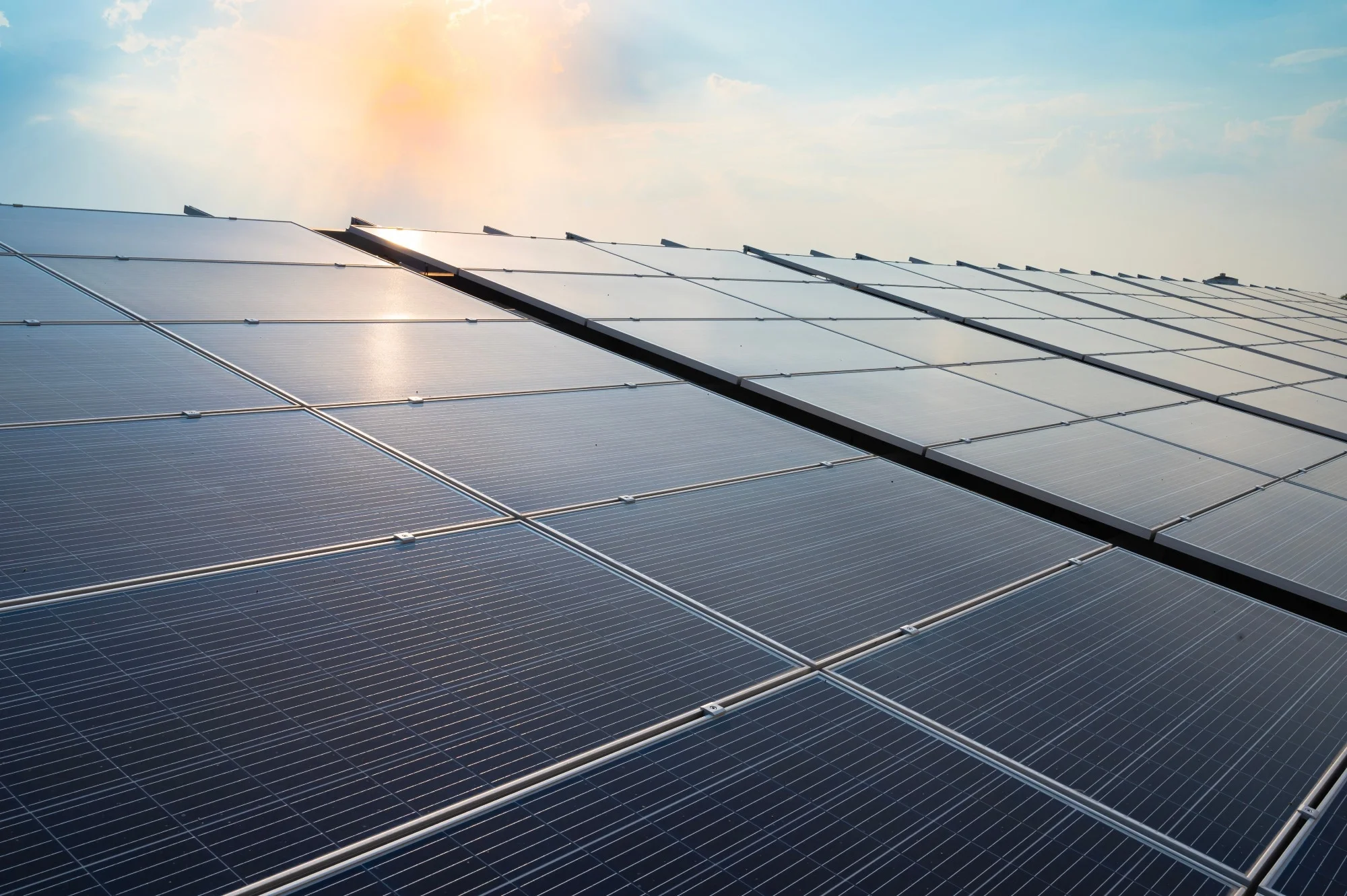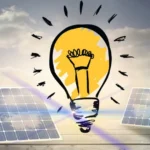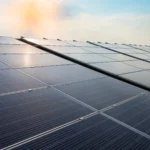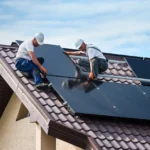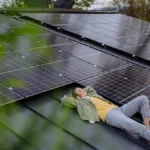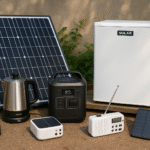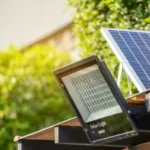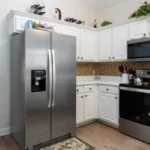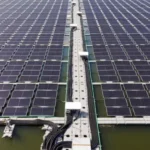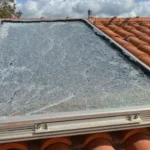Have you ever wondered if solar panels could become smaller, cheaper, and even more efficient, while working better in cloudy conditions? That is precisely what quantum dot solar panels promise. As someone who has spent years working with homeowners and small business owners on solar installations, I have seen firsthand the excitement when new technology can make solar more accessible and reliable. But like every innovation, there is a balance between hype and real-world performance.
In this post, we will explore what quantum dot solar panels are, how they compare to today’s standard panels, and what you need to know before considering them. Whether you are a homeowner thinking about lowering your electric bill, an eco-conscious driver charging your EV, or a small business owner cutting operating costs, this guide will walk you through the practical side of this cutting-edge technology.
What Are Quantum Dot Solar Panels?
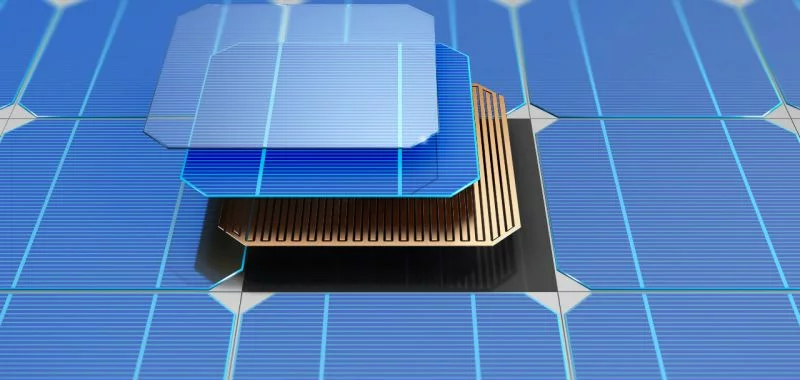
Quantum dot solar panels use nanoscale semiconductor particles, literally just a few nanometers wide, that absorb light more effectively than conventional silicon. These “quantum dots” can be tuned to capture different wavelengths of light, including parts of the spectrum that silicon panels often miss.
In simple terms:
- Traditional panels capture mostly visible light.
- Quantum dot panels can capture visible and infrared, giving them a potential edge in efficiency.
According to research from the U.S. Department of Energy’s National Renewable Energy Laboratory (NREL), theoretical efficiencies could reach over 40% using quantum dots, compared to about 20 to 23% for high-end silicon panels today. While commercial versions are not at that level yet, the promise is huge.
Why Quantum Dot Panels Could Matter for Homeowners
1. Better Performance in Low Light
One of the biggest frustrations I hear from homeowners is the significant drop in their system output on cloudy days. A client of mine in Seattle once joked, “I think my panels go on vacation for half the year.” Quantum dot solar panels could help because they can harness infrared light, something traditional panels largely ignore. That means more energy production in dawn, dusk, and overcast conditions.
2. Potentially Lower Costs
Quantum dots can be manufactured using solution-based processes, almost like printing solar cells instead of growing expensive silicon wafers. If scaled properly, this could drive down panel prices, much like thin-film technology tried (but struggled) to do.
3. Flexible Designs
Imagine solar film integrated into windows, car roofs, or lightweight portable chargers. Quantum dot technology is not limited to rigid panels. For small business owners with limited roof space, this flexibility could open new opportunities.
Real-World Considerations: Not Just Hype

Here is where my years in the field come in: every new solar technology sounds impressive in the lab, but real roofs tell the true story.
- Durability: Traditional silicon panels last 25+ years. Quantum dot panels have not been tested in harsh outdoor conditions for decades. Will they hold up to hail, heatwaves, and dust storms?
- Efficiency Plateau: Current prototypes hover around 13 to 15% efficiency. That is lower than the 18 to 22% you would get from most rooftop panels. So right now, the “quantum leap” is more theoretical than practical.
- Installer Training: Homeowners often overlook this, but your local installer needs to be comfortable servicing the tech. When smart inverters first hit the market, I saw multiple cases where misconfigured settings caused weeks of downtime. The same learning curve will happen here.
Common Solar System Issues (and What Quantum Dots Will Not Fix)
Even with the latest panels, system performance often comes down to basic care and sound design. Here are some real examples I have dealt with on-site:
- Dirty Panels: Dust, pollen, and bird droppings can cut output by 10 to 20%. One homeowner in Arizona was shocked when his 400W panels were only pushing 320W on clear days. A quick rinse restored his lost power.
- Inverter Failures: I once had a client whose system shut down during peak summer because the inverter overheated. Even the best panels are useless if the inverter fails. Always ensure proper ventilation.
- Battery Maintenance: For off-grid setups, battery health is critical. Over-discharge or poor climate control can drastically shorten battery life. Quantum dot solar panels will not change that reality.
How to Maximize Your Solar Investment (Today and Tomorrow)
If you are not ready to wait for quantum dot solar panels to hit the mainstream, here are practical steps you can take right now with existing systems:
Cleaning and Maintenance Tips
- Rinse every 3 to 6 months: Especially in dusty regions.
- Check after storms: Branches, leaves, and bird nests can cause hot spots.
- Use a soft brush: Avoid abrasive cleaning tools that scratch panel glass.
Smart Inverter Care
- Keep inverters in shaded, ventilated areas.
- Monitor your system via the inverter’s app and watch for unexplained drops in daily output.
- Update firmware regularly; many homeowners do not realize that inverter software updates improve efficiency.
Solar Battery Performance Care
- Install climate-controlled enclosures if you are in very hot or cold regions.
- Avoid deep discharges and try to keep batteries between 20 and 80% charge for longevity.
- Check warranty terms; some manufacturers require proof of proper maintenance for claims.
EV Charger Selection
If you are planning to charge your car with solar, choose a Level 2 charger compatible with your inverter system. I have seen homeowners surprised when they install an EV charger only to learn it maxes out their inverter’s capacity. Consulting your installer beforehand avoids expensive rewiring.
Off-Grid and Lifestyle Applications
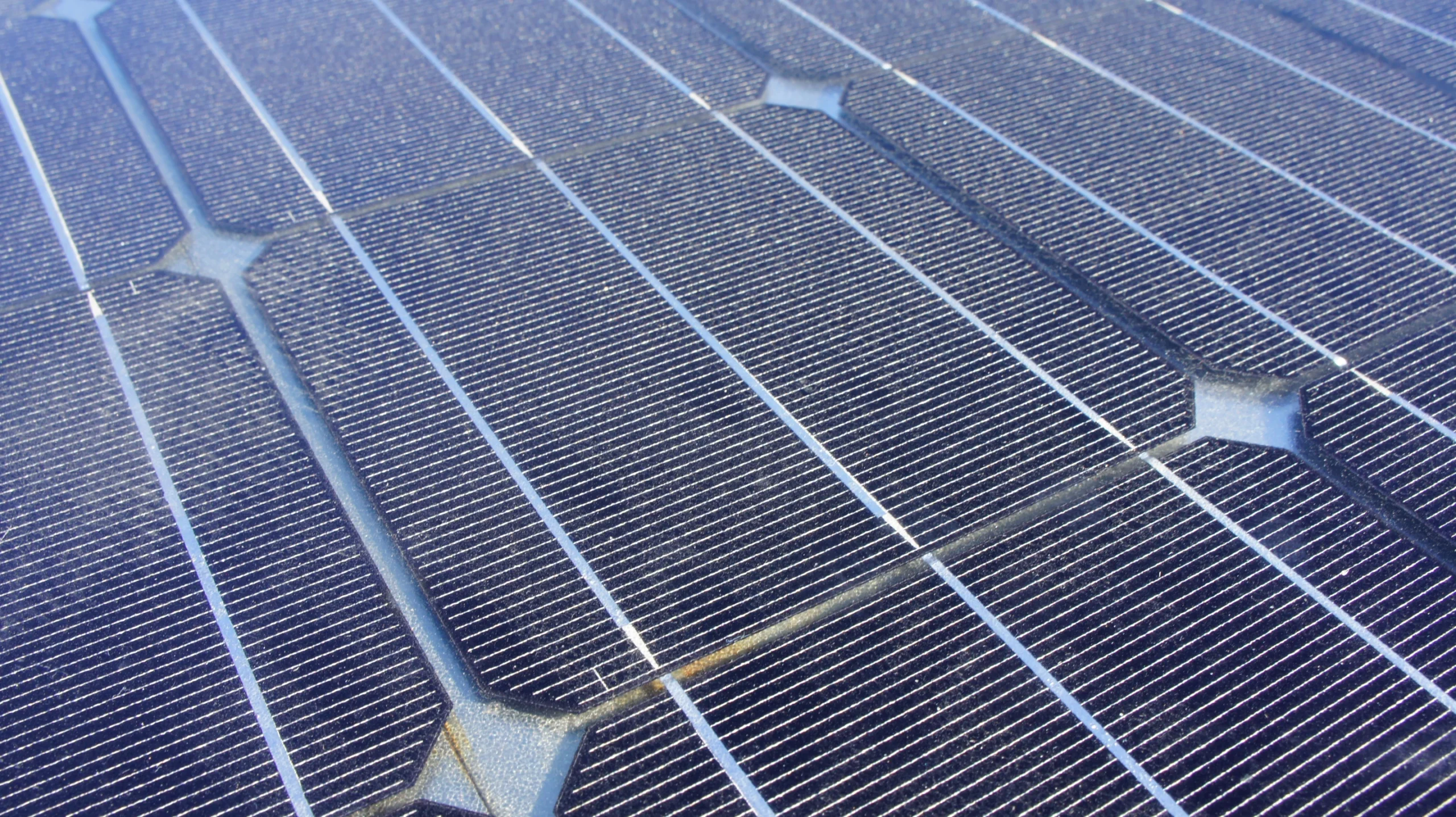
Quantum dot solar panels could especially shine in off-grid and mobile setups:
- Cabins and Tiny Homes: Lightweight, flexible panels could replace heavy silicon arrays.
- Solar Cars: Current solar cars only manage a trickle charge, but with better low-light performance, daily driving on solar alone might become more realistic.
- Emergency Power: Rollable or window-mounted panels could help families stay powered during outages.
For small business owners, this flexibility means options beyond just the roof, such as storefront awnings or integrated solar glass.
ROI and Payback Periods
Here is where transparency matters. Today’s silicon panels typically pay for themselves in 6 to 10 years, depending on local electricity rates and incentives.
Quantum dot solar panels, at least in the short term, will likely cost more per watt and carry some risk of shorter lifespans. If you are making a purely financial decision, silicon remains the safer bet. But if you are an early adopter who values innovation and sustainability, quantum dot panels could be worth considering once certified products hit the market.
Expert Sources to Watch
If you want to track the progress of quantum dot technology, keep an eye on:
- NREL (National Renewable Energy Laboratory): Regularly publishes updates on solar research.
- Energy.gov: Great for policy incentives and technology roadmaps.
- University Labs: MIT and the University of Queensland have both led breakthroughs in quantum dot research.
- Manufacturers: Companies like Solterra Renewable Technologies are pushing toward commercialization.
The Balanced Bottom Line
Quantum dot solar panels are one of the most exciting developments in renewable energy. They promise higher efficiency, better low-light performance, and new applications from car roofs to solar windows. But they are not a magic bullet. Right now, their real-world efficiency lags behind silicon, and durability remains unproven.
If you are considering solar today, my advice is simple:
- Go with proven silicon or hybrid panels for your main system.
- Stay informed about quantum dot developments.
- Revisit the tech in 3 to 5 years as commercial products mature.
Conclusion: Should You Wait or Act Now?
If your roof is baking in the sun today, every year you wait is a year of higher energy bills. Quantum dot solar panels will be exciting when they arrive, but silicon panels already deliver 20 to 25 years of reliable performance with strong warranties.
If your panels have not been cleaned in over three months, you could be losing 10 to 20% of your energy output. Book a system checkup today and start maximizing your solar investment. And if you are curious about how emerging technologies like quantum dot solar panels might fit into your long-term energy plan, ask your installer during your next consultation.

